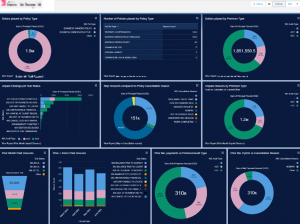Introduction
What is the difference between good debt and bad debt?
Isn’t all debt bad?
Although it’s always better to be debt-free, all debt isn’t necessarily bad.
Good debt vs. bad debt
Some debts are actually considered investments that generate long-term income or value. This type of debt is referred to as good debt.
For example, student loans are a type of good debt because it’s an investment in your future and you anticipate being able to pay back those loans using the education you acquired.
Another example of good debt is a mortgage.
With a mortgage, also known as a home loan, you can increase the value of your home over time through various improvements and gain money if you decide to sell someday.
On the other hand, bad debt is debt that doesn’t increase your net worth, has no future value and that you don’t have money to pay for.
Examples of bad debt include credit cards, auto loans
How much bad debt is too much?
While any amount of bad debt is too much, sometimes it’s a necessary evil.
You can figure out if you’re living within your means by calculating your debt-to-income ratio.
To find your debt-to-income ratio, add up all your monthly debt payments and divide that by your monthly gross income.
Ideally, your debt-to-income ratio will be below 10-15%.
Anything over a 43% debt-to-income ratio is a red flag to potential lenders and shows that you are living beyond your means.
Conclusion
Not all debt is bad debt, but it’s still important to avoid it when possible.
Having too much good debt can be just as disastrous as having too much bad debt.
At the end of the day, it’s all about how you manage it.





